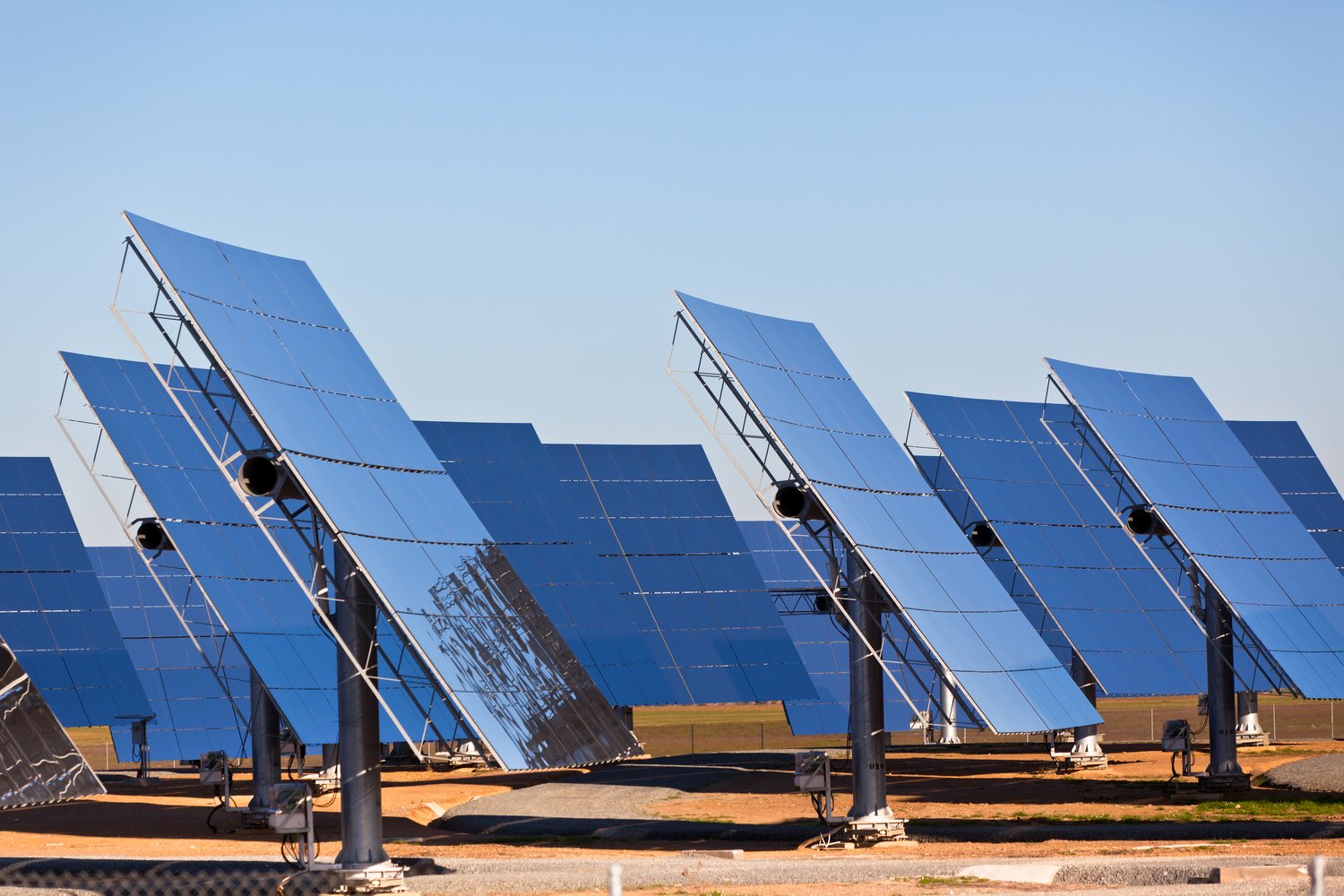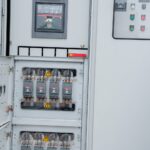Understanding Fotovoltaics panels
Fotovoltaics panels are the cornerstone of solar energy systems. These devices convert sunlight into electricity, providing a clean and renewable power source. A typical panel consists of 60 to 72 individual solar cells, each measuring about 6 inches square. Modern panels can achieve efficiency rates of up to 22%, a significant improvement from earlier models. Their lifespan usually extends to 25-30 years, making them a long-term investment for homeowners and businesses alike.
The power output of Fotovoltaics panels is measured in watts, with most residential panels ranging from 250 to 400 watts. Commercial installations often use larger panels, some exceeding 600 watts. Panel performance can be affected by factors such as shading, orientation, and temperature. For optimal results, panels should face south in the Northern Hemisphere and receive direct sunlight for at least 4 hours daily. Regular cleaning and maintenance can help maintain peak efficiency throughout their lifespan.
Installation of Fotovoltaics panels requires careful planning and professional expertise. The roof structure must be able to support the additional weight, which can range from 2 to 4 pounds per square foot. Proper mounting systems are crucial to prevent leaks and ensure stability during adverse weather conditions. Electrical integration involves installing inverters, which convert the DC power from panels into AC power for household use. Safety measures, including proper grounding and surge protection, are essential components of any solar installation.
The cost of Fotovoltaics panels has decreased significantly in recent years, making solar energy more accessible. Prices have dropped by over 70% since 2010, with the average cost now ranging from $2.50 to $3.50 per watt installed. Government incentives and tax credits can further reduce the initial investment. Many homeowners see a return on investment within 7 to 10 years, depending on local electricity rates and solar conditions. As technology advances, panel efficiency continues to improve, promising even greater energy yields in the future.
Benefits of Photovoltaic and energy storage systems
Photovoltaic and energy storage systems offer numerous advantages for both residential and commercial users. These integrated solutions combine solar power generation with battery storage capabilities, providing a more reliable and flexible energy solution. By storing excess energy produced during peak sunlight hours, users can access electricity even when the sun isn’t shining. This feature significantly reduces dependence on the grid and can lead to substantial savings on electricity bills.
One of the primary benefits of these systems is their ability to provide backup power during outages. A typical residential battery storage system can supply essential loads for 24 to 48 hours, depending on capacity and usage. This capability is particularly valuable in areas prone to severe weather events or unreliable grid infrastructure. Moreover, energy storage allows users to take advantage of time-of-use electricity rates, charging batteries when rates are low and using stored energy during peak price periods.
The environmental impact of Photovoltaic and energy storage systems is significant. A standard 5kW solar system can offset approximately 12,000 pounds of carbon dioxide emissions annually, equivalent to planting 100 trees. By reducing reliance on fossil fuels, these systems contribute to cleaner air and water, and help mitigate climate change. Additionally, the use of energy storage can help stabilize the grid by smoothing out demand peaks, potentially reducing the need for new power plants.
From a financial perspective, Photovoltaic and energy storage systems can offer attractive returns. While the initial investment is higher compared to solar panels alone, the addition of storage can increase energy independence and provide greater long-term savings. Many utility companies offer incentives for systems with storage, recognizing their value in grid management. The payback period for a combined system typically ranges from 8 to 12 years, after which users enjoy virtually free electricity for the remainder of the system’s life.
Choosing the right system for your needs
Selecting the appropriate Photovoltaic and energy storage system requires careful consideration of several factors. The first step is to assess your energy consumption patterns. Analyze your electricity bills from the past 12 months to determine your average daily usage. This information will help you size your system correctly. Most residential systems range from 5kW to 10kW in solar capacity, with battery storage options typically between 5kWh and 13.5kWh.
Your roof’s characteristics play a crucial role in system design. Measure the available roof space, considering obstructions like chimneys or vents. A general rule of thumb is that you need about 100 square feet of roof space for every 1kW of solar panels. The roof’s orientation and pitch also affect energy production. South-facing roofs with a tilt between 30 and 40 degrees are ideal in most locations, but modern systems can work effectively on various roof types.
Consider your energy goals when choosing a system. If your primary aim is to reduce reliance on the grid, a larger battery capacity might be beneficial. For those focused on maximizing savings, a system sized to cover most of your daytime usage could be more cost-effective. Climate and local weather patterns should also influence your decision. Areas with frequent cloudy days or power outages may benefit from increased storage capacity.
Don’t overlook the importance of quality and warranty when selecting components. Top-tier solar panels typically come with 25-year performance warranties, while battery warranties range from 5 to 15 years. Inverters, a critical component of the system, usually have warranties of 10 to 12 years. While higher-quality components may cost more upfront, they often provide better long-term value through increased efficiency and reliability.
Installation process and considerations
The installation of a Photovoltaic and energy storage system is a multi-step process that requires careful planning and execution. Initially, a site assessment is conducted to evaluate your property’s suitability for solar. This includes a roof inspection, shading analysis, and electrical system evaluation. The assessment typically takes 2 to 4 hours and helps determine the optimal system design for your specific needs.
Once the design is finalized, the next step is obtaining necessary permits and approvals. This process can take anywhere from a few days to several weeks, depending on local regulations. It’s crucial to work with a licensed installer who is familiar with local codes and utility requirements. They will handle the paperwork and coordinate with the relevant authorities to ensure compliance.
The actual installation usually takes 1 to 3 days for a typical residential system. This includes mounting the solar panels, installing the inverter and battery, and connecting the system to your home’s electrical panel. A final inspection by the local building department is required before the system can be activated. After passing inspection, your utility company will install a new meter capable of measuring both incoming and outgoing electricity.
Post-installation, your installer should provide thorough training on system operation and maintenance. Most modern systems come with monitoring apps that allow you to track energy production and consumption in real-time. Regular maintenance is minimal, usually limited to keeping panels clean and ensuring vents are unobstructed. However, it’s advisable to have a professional inspection every 3 to 5 years to ensure optimal performance and catch any potential issues early.
Maximizing the benefits of your system
To get the most out of your Photovoltaic and energy storage system, it’s important to adopt energy-efficient practices. Start by replacing old appliances with energy-star rated models. LED lighting can reduce electricity consumption by up to 75% compared to traditional incandescent bulbs. Consider installing smart thermostats and timers to optimize heating and cooling schedules, potentially saving 10-15% on energy costs.
Adjust your energy usage patterns to align with your system’s production. Run energy-intensive appliances like washing machines and dishwashers during peak sunlight hours when your system is generating the most power. If you have time-of-use electricity rates, program your battery to charge during off-peak hours and discharge during peak times. This strategy can significantly increase your savings and reduce strain on the grid.
Regularly monitor your system’s performance using the provided software or app. Look for any unexpected drops in production, which could indicate issues like shading from growing trees or accumulation of dirt on the panels. Most monitoring systems allow you to set up alerts for unusual patterns, helping you catch and address problems quickly. Keep records of your energy production and savings to track the system’s performance over time.
Consider joining a local solar community or online forum to share experiences and learn from other system owners. Many utilities offer demand response programs that provide incentives for reducing electricity use during peak periods. Participating in these programs can provide additional savings and help support grid stability. As technology evolves, stay informed about new features or upgrades that could enhance your system’s performance or functionality.





